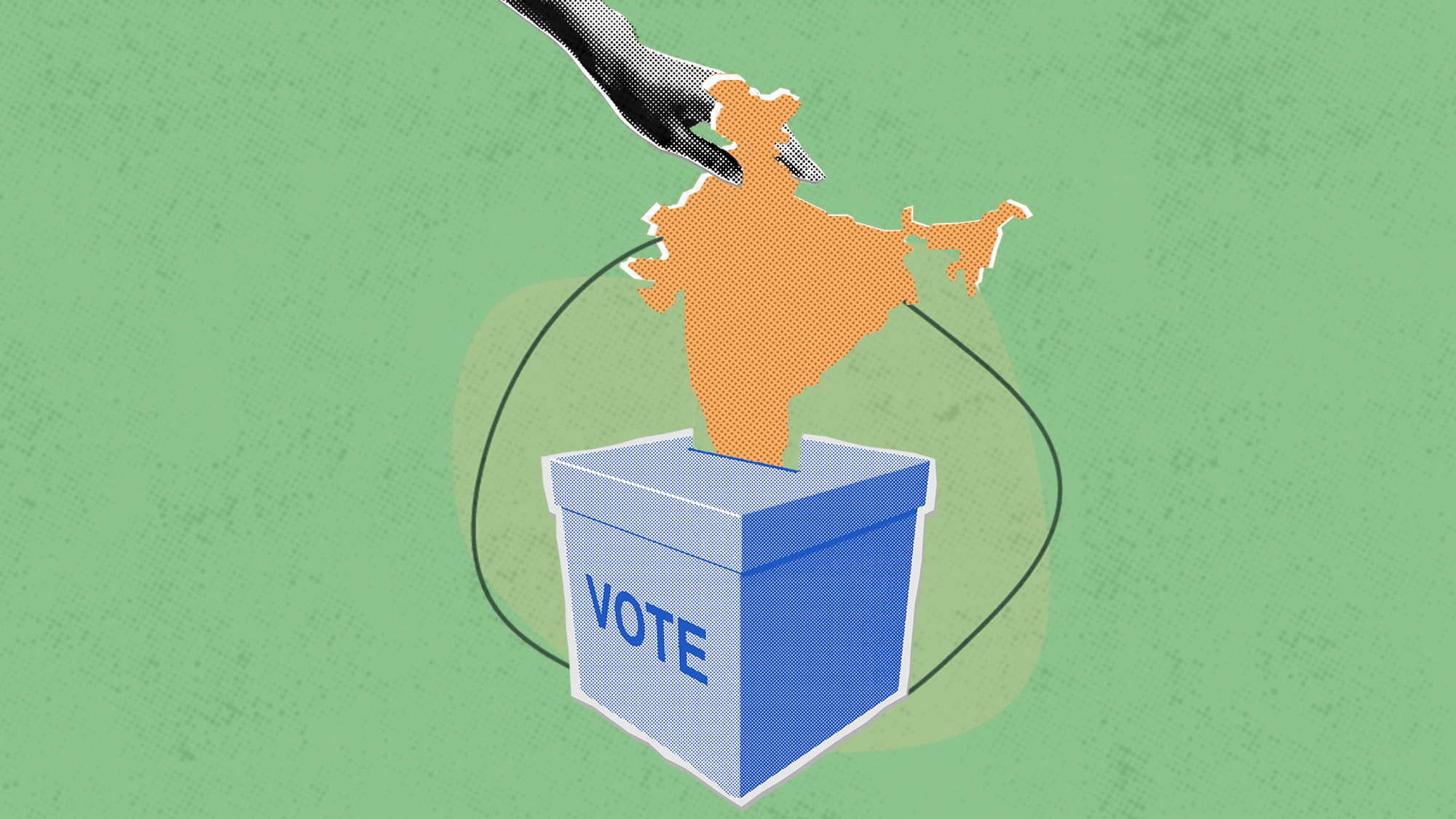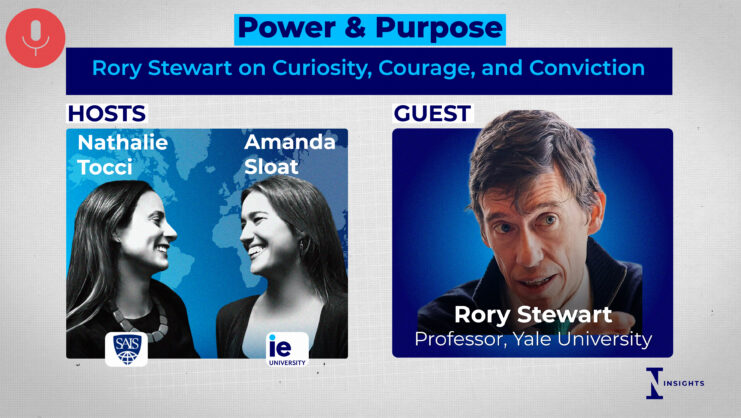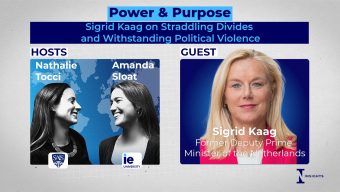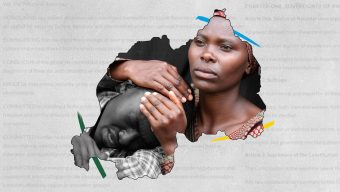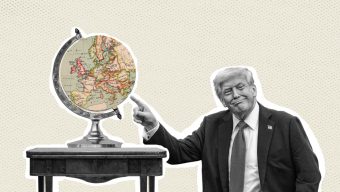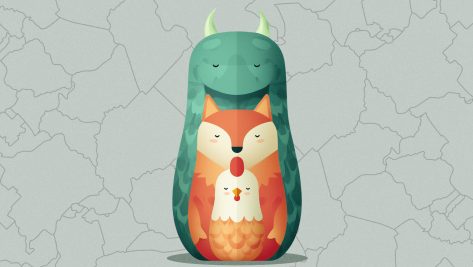In the biggest election the world has seen to date, the 642 million people in India who cast their ballots, have taught a global masterclass in democracy. The key takeaway: power in a democracy rests with the people, not the leader.
For the last decade, Indian Prime Minister Narendra Modi has bestridden the political scene like a schizophrenic colossus, speaking of development and foreign investment from one side of his mouth while spewing venom against minority groups from the other. Having won the last two general elections in 2014 and 2019, decisively, there had been a seeming inevitability about a Modi 3.0 era, likely to lead India further down the path of electoral autocracy. Modi may have been popularly elected, but under his watch, independent media were muzzled, critical nongovernmental agencies shut down, and the courts packed with yes men.
The opposition, led by the Congress Party, was nearly decimated. In part, this was because of state institutions like the tax directorate being used to freeze the assets of opposition leaders, coupled with the use of the penal machinery to intimidate critics. The jailing of the chief minister of Delhi, Arvind Kejriwal, a few months before the elections is a case in point.
Before the official results were announced, every major exit poll had predicted a landslide win for the Prime Ministerial juggernaut. On the campaign trail, Modi had even taken to hinting that he was meant to rule by divine will. An oft-used election slogan, “abki baar, 400 paar”, alluded to the idea that the BJP would win more than 400 of 543 parliamentary seats. Such a stranglehold would have allowed the Prime Minister to change the constitution of the country – its bulwark against authoritarian caprice, and the guarantor of equal rights to minority groups.
In the end, Modi did emerge victorious, but it was a pyrrhic victory. The Prime Minister’s party, the BJP, lost key seats in many of its traditional bastions of support. Its overall tally of 240 seats falls well short of the 272 needed to form a majority in parliament. And far from gaining, the BJP is down 63 seats from the previous election result in 2019.
Modi, who has a well-known penchant for concentrating power in his person, will now have to play the compromiser, a role that he is temperamentally ill-suited to. He will rely on his coalition partners in the west (JDU) and south (TDP) of the country to remain in power. Over the years, both the JDU and TDP have alternated between supporting Modi and his political opponents. They are opportunists rather than all-weather friends, and are likely to extract a juicy pound of flesh in order to continue to prop up the Modi government at the center. Moreover, neither of these regional parties has shown an appetite for the Hindutva politics that are the Prime Minister’s domestic USP.
India has ultimately voted for a strong opposition, rather than a strongman. And in doing so it appears to be returning to its true political nature as a coalition-driven, highly federal, diverse collectivity of interests. This diversity militates against the kind of quick, untrammeled policy decisions needed for China-style economic growth, but it gives India a longer-term political toughness, that belies the surface chaos of coalitions.
Modi has long admired the “China model.” As Chief Minister of Gujrat during the first decade of the millennium, he visited the Chinese mainland on four occasions, returning each time with a bad case of SEZ-envy. As Prime Minister, the kind of India he has envisaged, and partially begun to build, resembles its northern neighbor – a country of bullet trains and disciplined citizens bursting with an officially sanctioned version of national pride
Over the last decade, Modi has borrowed liberally from Chinese President Xi Jinping’s playbook, focusing on GDP figures, criminalizing dissent, fomenting hyper-nationalism, cracking down (selectively) on corruption, and disciplining minority “trouble makers” including Muslims.
But Modi’s journey to becoming the democratically elected Xi Jinping has run up against the fact that India, with its plurality and truculence, is simply not suited to authoritarianism. We need to look back to the 21-month period from 1975 to 1977 to understand this further. This period was the only one since India gained her independence in 1947, when democratic freedoms were suspended in favor of an “emergency” by then Prime Minister Indira Gandhi. The emergency was a period when trains ran on time, labor strikes ceased, petty crime declined, and beggars were removed from the streets. Many of the urban upper and middle-classes cheered, believing that it had been proved that all India needed to function well was a dictator.
The “China model” may struggle in India because it does not present robust solutions for managing dissent and diversity.
Riding high on this tide of boosterism, Gandhi called an election. She found herself booted out of office by the legions of poor for whom the suspension of their vote had taken away their only power. Materially deprived, malnourished, and often illiterate they might have been, but their vote had stood between them and forcible sterilizations and the demolishing of their slum homes. It was the poor, not the middle-classes, who stood up for democracy then – and they have done so again now.
Voter analyses show that it was mainly rural constituencies that voted against the BJP in this most recent election, reflecting discontent in the countryside over lack of jobs and high inflation, even as urban middle-class support for Modi has been more consistent.
The 2024 Indian elections suggest that despite its seductive visions of discipline and infrastructure, the “China model” may struggle in India because it does not present robust solutions for managing dissent and diversity.
Debate and contestation have been existential for India, unlike China. Historically, it’s been a civilizational rather than territorial entity, more metaphysical than geographic. It is a nation held together not by language (the constitution lists 22 official languages), religion or geography, but by an idea. Although Modi claims differently, plurality is foundational to this idea. It is what has allowed India to persist and flourish as a political unit, despite the once widespread belief in the West that an independent India would inevitably balkanize.
It is also what will eventually keep India from submission to the China model even at the cost of slower, more uneven, growth. Modern India emerged out of a freedom movement and freedom is valued, especially by the poor. Voter turnout amongst the rural poor has been consistently higher than amongst the urban middle-classes.
India’s crowning political achievement in the pre-Modi era had been the development of institutional mechanisms for negotiating large-scale diversity and accommodating frequent, and aggressive, disagreements. So far, Modi has shown a disdain for negotiation and accommodation. The next five years will reveal whether he can adapt his approach and change his attitude, because election results indicate that the country isn’t ready to change its own stance.
© IE Insights.



